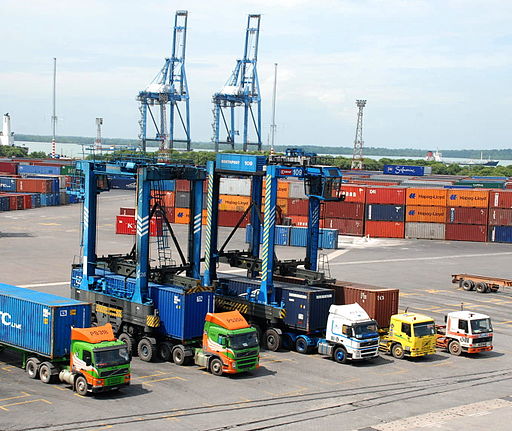A paper, Converging Procurement Systems: Developments in 2020, presented at the annual Thomas Reuters Government Contracts Year in Review Conference in February, examined key developments in the international procurement arena in 2020. They included expansion of the membership of the WTO Government Procurement Agreement (GPA), China’s revisions of its primary procurement laws, implementation of Buy American orders and implementation and negotiation of international trade agreements in the United States and the European Union. This post highlights the 2020 developments in the conference paper.
Expansion of the GPA: Brazil applied for membership in the GPA, becoming the first Latin American country to do so. The United Kingdom became a party in its own right on January 1, 2021 following its exit from the EU. Limited progress was made on the other pending accessions: China, Kazakhstan, Kyrgyz Republic, North Macedonia, Russian Federation and Tajikistan. China is revising its two primary procurement laws, the Government Procurement Law and the Tendering and Bidding Law. In 2020, it implemented a Foreign Investment Law, which requires treatment of foreign-invested enterprises on the same basis as domestic-invested firms in government procurement.
Implementation of Buy American Orders: Federal agencies implemented three Buy American orders issued during the Trump presidency. To implement the order to limit federal procurement of essential medicines to U.S. products, the Food and Drug Administration developed a list of essential medicines and medical devices. The U.S. Trade Representative submitted proposals under the GPA and FTAs to remove the products on the FDA list from U.S. commitments. Most of the GPA parties filed objections to the proposal reduction in coverage.
As directed by a July 2019 executive order, federal agencies modified the Federal Acquisition Regulation (FAR) to increase the domestic content required for a product to be considered domestic under the Buy American Act, establishing a new standard for iron and steel products that required 95% of their components to be domestic and for all other products increasing the domestic content from 50% to 55%. A second FAR revision increased price preferences from 12% to 30% for small businesses and 6% to 20% for other businesses.
To implement a January 2019 infrastructure directive, the Office of Management and Budget added a “soft” preference for states and local governments receiving federal financial assistance for infrastructure projects to purchase domestic products for the projects.
Trade Agreements and Negotiations: In 2020, the United States implemented the U.S.-Mexico-Canada Agreement, replacing the North American Free Trade Agreement. It also initiated negotiations of FTAs with the United Kingdom and Kenya. The EU finalized its agreement with Mexico, which committed to opening procurement of its states for the first time. The EU continued FTA negotiations with Mercosur, Australia, Chile and New Zealand. A major Asian trade agreement, the Regional Comprehensive Economic Partnership (RCEP), was signed by 15 of its 16 participating countries. RCEP’s procurement provisions are limited to transparency and cooperation.
In another 2020 development, the European Commission proposed a regulation to address foreign subsidies that distort public procurement in the EU by giving the recipient an unfair advantage, enabling bidders to win contracts with bids below market price or below cost.
Jean Heilman Grier
February 25, 2021
Agencies Implement Trump’s Buy American Orders
US Proposes Removal of Essential Medicines from GPA
China’s Foreign Investment Law: Opens Procurement
China: Revising Government Procurement Law
China: Revising Tendering and Bidding Law
Post Permalink: https://trade.djaghe.com/procurement-developments-in-2020/


